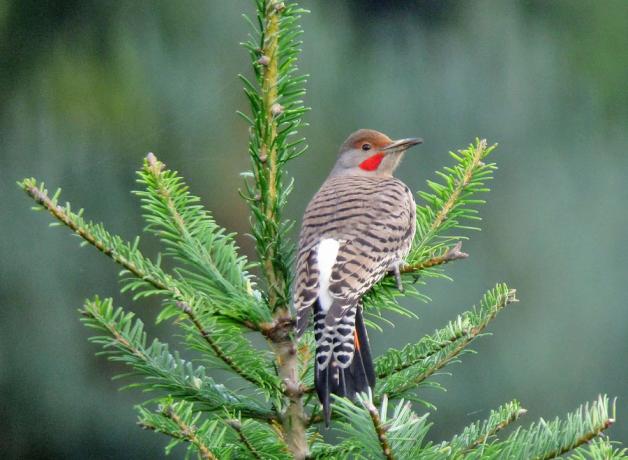Welcome to DU!
The truly grassroots left-of-center political community where regular people, not algorithms, drive the discussions and set the standards.
Join the community:
Create a free account
Support DU (and get rid of ads!):
Become a Star Member
Latest Breaking News
Editorials & Other Articles
General Discussion
The DU Lounge
All Forums
Issue Forums
Culture Forums
Alliance Forums
Region Forums
Support Forums
Help & Search
Birders
Related: About this forum
4 replies
 = new reply since forum marked as read
Highlight:
NoneDon't highlight anything
5 newestHighlight 5 most recent replies
= new reply since forum marked as read
Highlight:
NoneDon't highlight anything
5 newestHighlight 5 most recent replies
Himalayan monal (Lophophorus impejanus) (Original Post)
Donkees
Dec 2022
OP
Easterncedar
(3,700 posts)1. Unreal!!!
Too gorgeous. Thanks
Docreed2003
(17,957 posts)2. Beautiful...it's like a real life phoenix!
cyclonefence
(4,911 posts)3. The white patch that shows only when it's flying
Is there an evolutionary benefit to this? Does it confuse predators in some way? It's a gorgeous bird,, as another poster said, a living phoenix.
Donkees
(32,519 posts)4. It may be the same as with other white rump birds, plus the iridescence would also be variable...

When a Northern Flicker takes flight, a bold patch of white feathers flashes on its rump, in contrast to its brown body. This white rump likely evolved as an anti-predator adaptation. A hawk flying in pursuit of a flicker may focus on the white spot rather than the darker image of the whole bird. This gives the flicker an advantage as it dodges into the trees. Then the white target disappears beneath the bird’s folded wings. An instant of confusion for the hawk allows just enough time for the flicker to sidle around to the other side of the tree.
https://www.birdnote.org/listen/shows/flickers-white-rump
https://www.birdnote.org/listen/shows/flickers-white-rump
Understanding how the wings can control the visibility of the rump patch makes clear that it is no coincidence that a brightly colored rump is a common feature of many species. It’s a valuable signal, available when it’s needed but hidden at will. Of course, the bright rump patch becomes very visible when a bird takes off, and this also has some benefits. Research has shown that a sudden flash of color in the instant before a predator strikes can cause the predator to flinch, possibly allowing the prey to escape.
https://www.birdwatchingdaily.com/birds/david-sibleys-id-toolkit/how-to-use-birds-rump-color-as-a-field-mark/
https://www.birdwatchingdaily.com/birds/david-sibleys-id-toolkit/how-to-use-birds-rump-color-as-a-field-mark/

